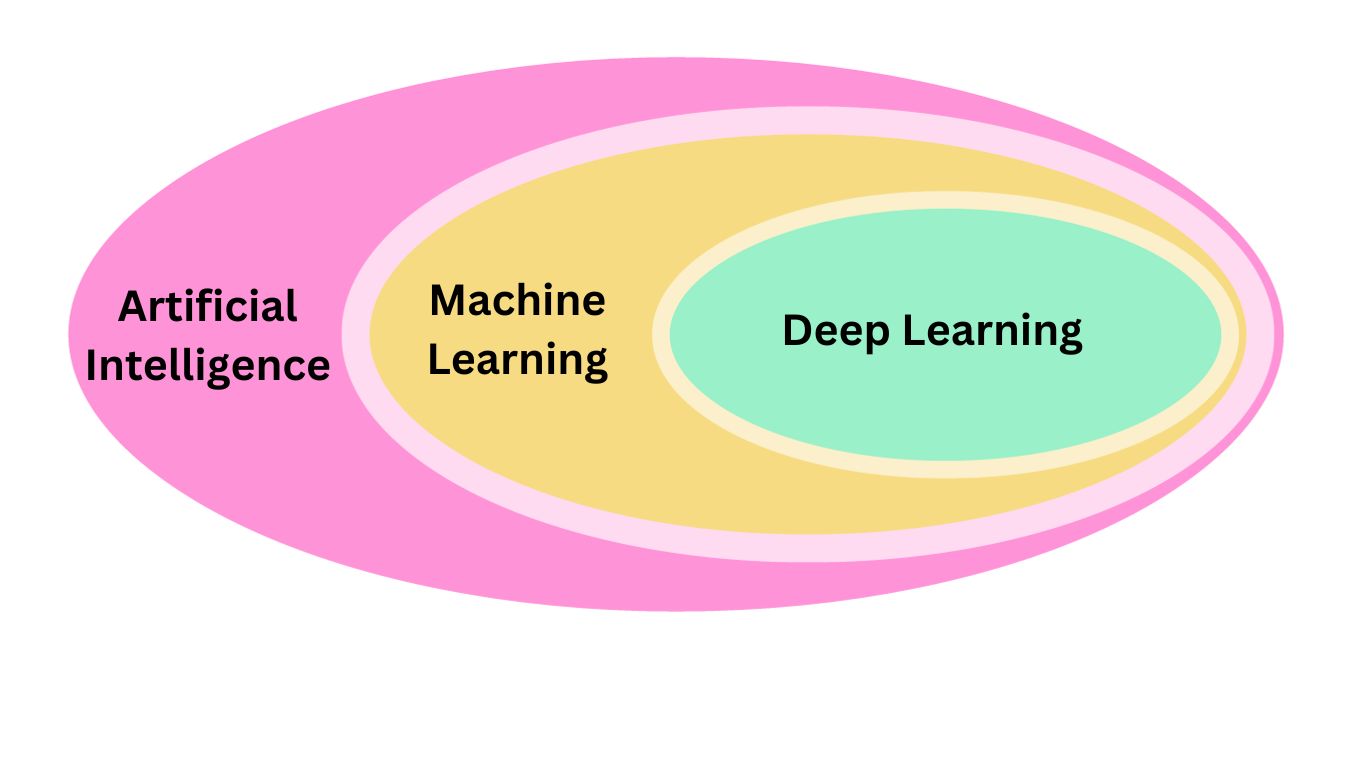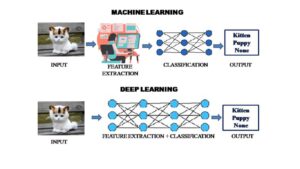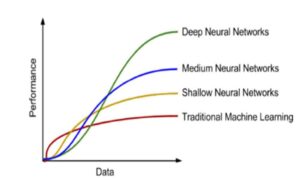For over a century, the concept of Artificial Intelligence (AI) has captivated human imagination—an ambitious endeavor to imbue machines with the essence of human intelligence. The question that lingered for years: What if we could embed intelligence within a machine?
As a species, humans proudly stand as epitomes of intelligence among the diverse inhabitants of our planet. But what constitutes this intelligence? It’s a complex amalgamation of various faculties: pattern recognition, coding, problem-solving, creativity, imagination, Intelligence Quotient (IQ) and Emotional Intelligence (EQ). The quest for AI, therefore, aims to replicate fragments of this intricate human intellect.
Presently, our pursuit in AI revolves around emulating human intelligence—a daunting task fraught with complexities. While we endeavor to mimic human cognition, certain aspects, such as creativity, imagination, and EQ, pose immense challenges due to their subjective and hard-to-quantify nature. Consequently, the current focus in AI predominantly centers around pattern recognition—a measurable facet of intelligence.
In the 1950s, discussions centered on creating intelligent machines, fostering the concept of symbolic AI—a knowledge system operating on “if-else” conditions. This gave rise to expert systems like chess programs, seen as the harbinger of AI’s future, anticipated to solve myriad problems. However, it proved effective primarily in closed scenarios, struggling with ambiguous tasks like image classification and voice recognition.
Simultaneously, Machine Learning (ML) gained prominence, offering a more promising approach than symbolic AI. Unlike the rule-based systems, ML learns patterns from data, bypassing the need for explicit programming of every scenario. The decreasing costs of hardware and the burgeoning availability of data propelled ML’s progress over the past three decades. Yet, ML requires feature inputs for classification, where Deep Learning (DL) steps in.
Deep Learning (DL), inspired by biological neurons, has surged in popularity due to its ability to autonomously detect features, enhancing efficiency through deeper layers. Unlike traditional ML, DL’s performance improves with more data, making it well-suited for scenarios dealing with limited datasets—representing over 90% of real-world problems.
In essence, AI encapsulates the broad spectrum of making machines smarter. ML, a subset of AI, refers to self-learning AI systems based on algorithms, continually evolving without human intervention. DL, an application of ML, excels in handling vast datasets, automating feature extraction, and improving performance with increased data.




